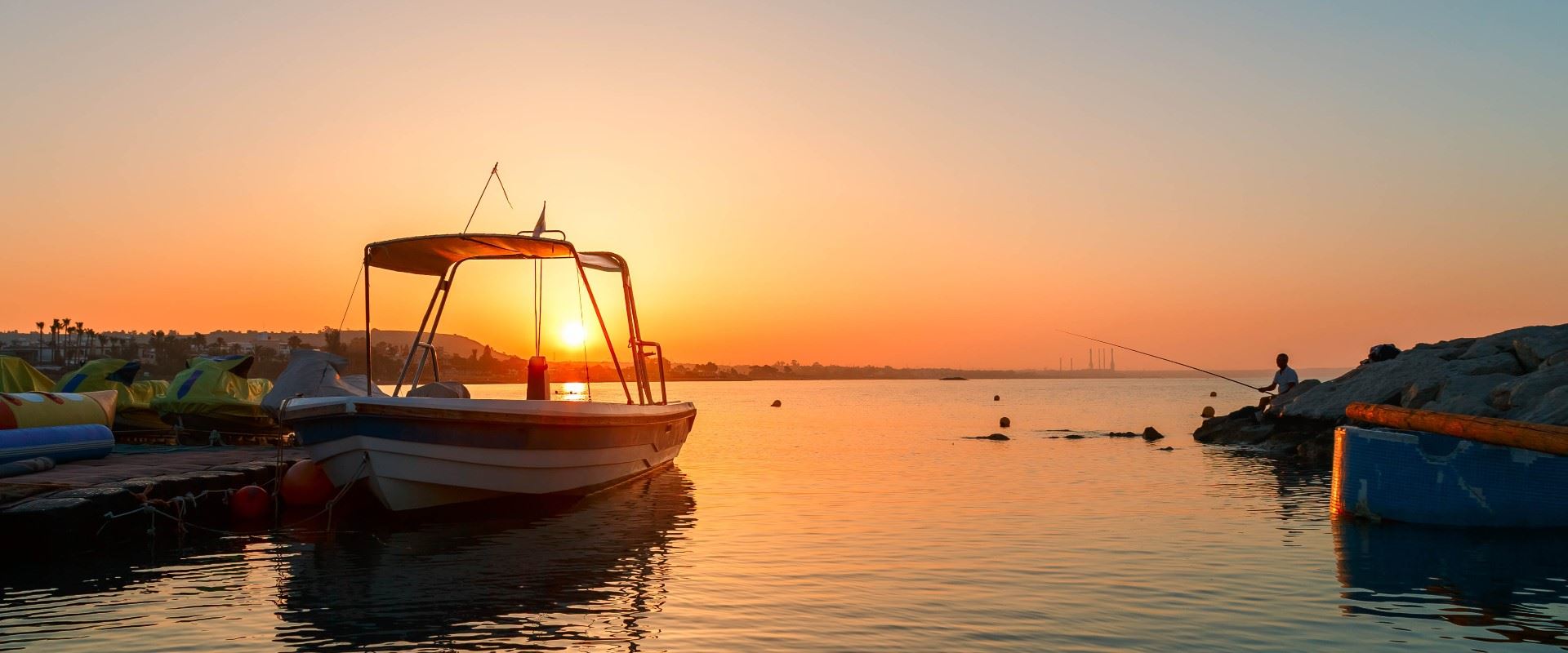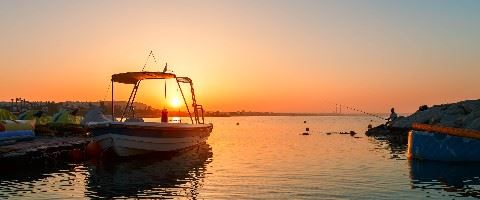For culture vultures Larnaca town and the Larnaca area play host to a range of culturally significant churches, museums and villages.
St Lazarus is the patron saint of Larnaca and his church (home to his relics) in the old town of Larnaca was built in the 9th Century. Its most recognisable feature is the distinctive Latinate painted belfry built during the overhaul of the church in the 17th Century. It is no small miracle that this structure has survived as they were generally not allowed during the Ottoman rule as the Ottomans believed their height was an insult to the minarets of Islam.
The Ecclesiastical Museum of Lazarus sits just behind the church and is home to a fine selection of icons and other Byzantine relics.
The Pierides Archaeological Museum is probably the best private collection in Cyprus, and very different from the state-run archaeological museums as it does not just showcase its local region but Cyprus as a whole throughout the last 3 millennia. The archaeological collection is hosted at the Pierides Family house in Larnaca. A collection started by Demetrios Pierides in 1839 and continued to this day by his descendants.
The Palm Tree Promenade (Finikoudes), flanked by tall palm trees and flowered gardens, lies between the hustle of Larnaca’s cafés, restaurants, tavernas and up-market shops and the south Mediterranean sea. A favourite late afternoon walk of locals, especially at the weekends.
Two kilometres from the airport is the Hala Sultan Tekke Shrine. It has been referred to as the “third holiest place for Muslims in the world” and houses the tomb of Umm Haram – the aunt of the Prophet Mohammed. The shrine was erected on the spot at which she died, having fallen from her horse during the siege of Larnaca sometime between 674 and 649 AD.
The surrounding villages of Larnaca each have their trademark and very distinct nature, despite their proximity to each other.
The village of Lefkara is renowned for its delicate lace and silversmiths. The cobbled streets are lined with picturesque, lightly coloured painted houses which are more akin to those in Spanish or Italian villages rather than a traditional Cypriot villages.
The Library in the neighbouring village of Kalavasos would be the perfect small hotel in which to relax at the end of a day’s exploring.
The UNESCO World Heritage Neolithic Settlement on the outskirts of Khirokitia was one of the most important sites in the Eastern Mediterranean during its heyday around 6,800 BC.
We feature the very comfortable, self-catering Porfyrios Guest House Suites, in Khirokitia.







